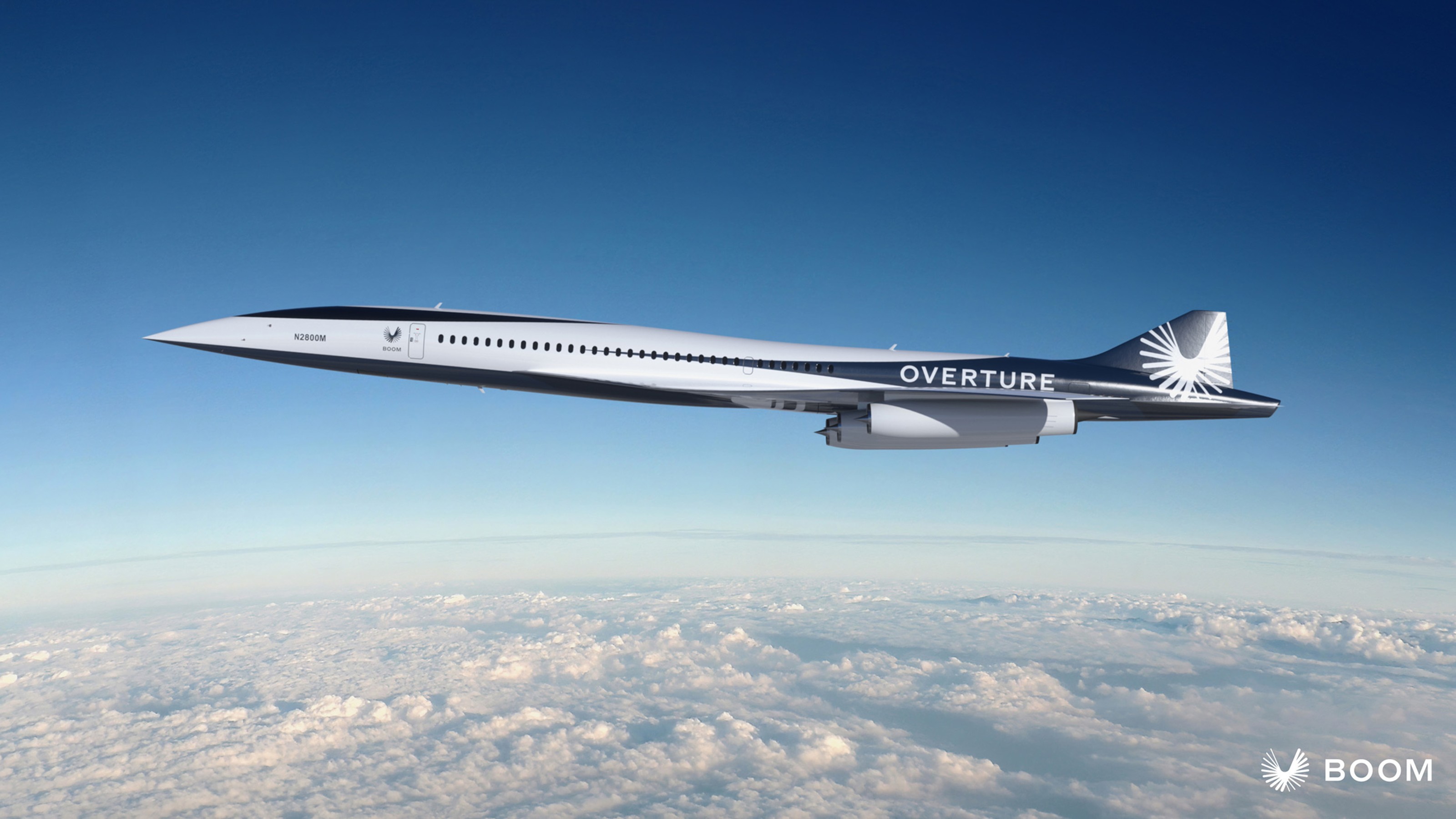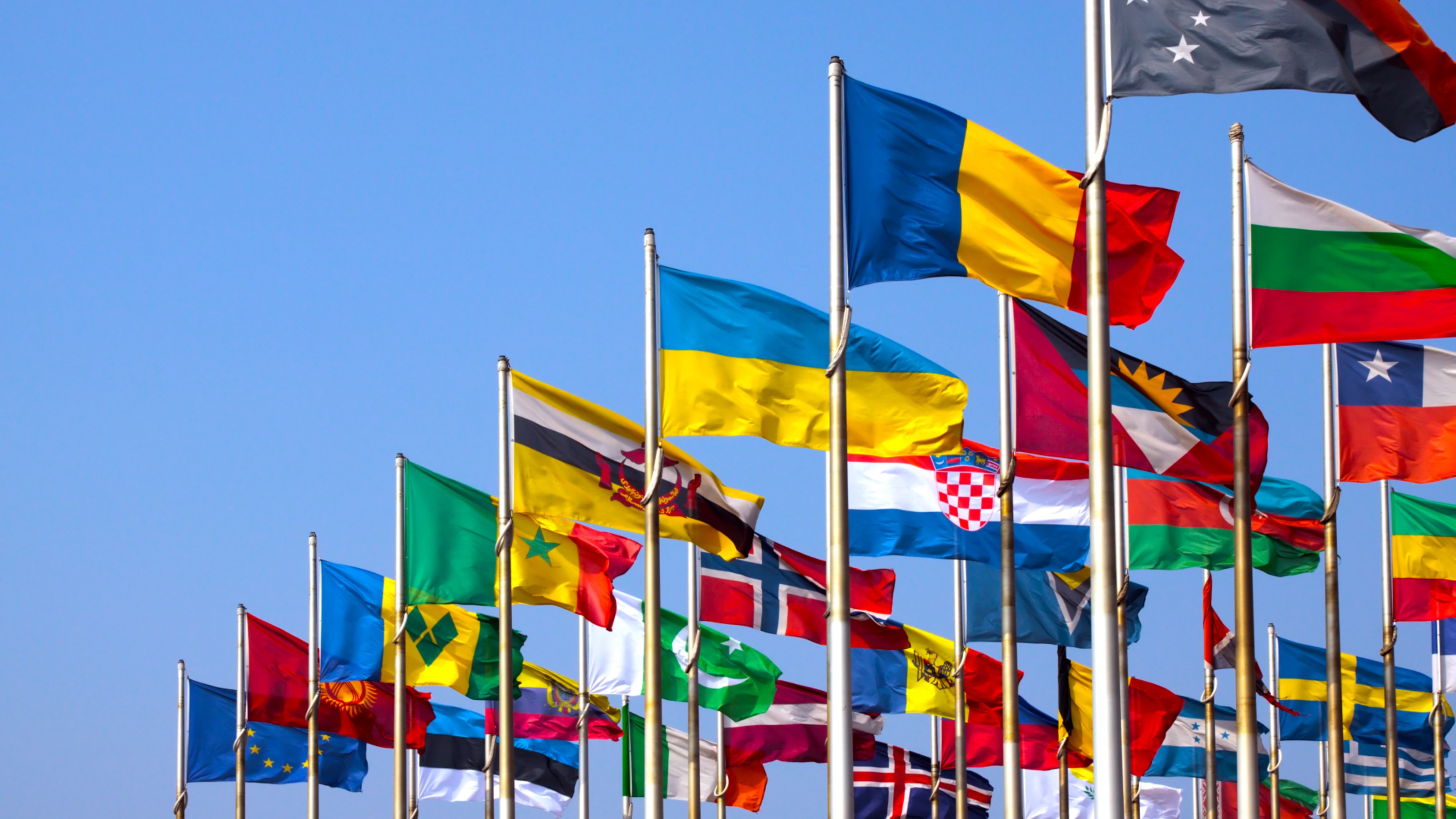Biotechonomy CEO Juan Enriquez explains why genomics is a kind of language—and why it will drive the 21st-century economy.
Question: What is the common thread in your diverse career?
rnJuan Enriquez: So, I’ve always been interested in why countries appear and disappear. And the curious thing is how often it happens. So, three-quarters of the flags, borders and anthems sitting at the U.N. today were not there 60 some-odd years ago. And today in Europe, you’re talking about whether England is going to remain a part of Great Britain, or Scotland, or Wales, or parts of France, or parts of Italy, or parts of Belgium, or parts of Holland. And as countries appear and disappear, then I began to ask, what makes countries successful? And it turns out, after a long slog through geographies and ethnicities and all kinds of variables, it’s the ability to adapt and adopt, what Darwin talked about. That really makes a difference. And that led me to technology, and then I ended up in genomics.
rnQuestion: How can ordinary people learn the “language” of genomics?
rnJuan Enriquez: The really important thing is that one not remain illiterate. The difference between people who can read and write and those who can’t is just absolutely astronomical. The problem is, the definition of who’s literate and who’s not keeps changing. So, in Neanderthal times, if you painted on a cave wall, that was enough to transmit how you hunt, how you eat, how you cook, how you dress, and we can read about that. We can go to a cave wall in France, or in Argentina, and see that.
rnEventually that became codified into hieroglyphs. When we did that, we standardized language and we put it on papyrus or clay and moved it. And that allowed us to have holy books. That allowed us to add military strategy, customs unions, and agricultural manuals. We went from tribes to empires because we could transmit data across space and time.
rnEventually that became a 26-letter alphabet in English, 29 letters in Spanish, thousands of letters in Chinese. That alphabet allowed us to typeset, create giant books, create giant libraries, and it was enough to generate the Renaissance and the Industrial Revolution. But over the last 30 years what’s happened is, we’ve moved into 1’s and 0’s and in doing so, we took every letter written and spoken in English, every word written and spoken in English, and put it into a 1 and a 0, and French, and Cyrillic, and Aramaic, and Chinese, and every language on the planet.
rnThe second thing that happened is we collapsed every bit of music in every tonal scale and every photograph, and every video, and every film, and every website, and in the process of doing that, we can now take huge libraries and bring them into our laptops. That has to change the way in which we earn our keep, it’s changed the global economy, it’s changed who is rich and who is poor to the point where I’d argue that most of the wealth generated over the last 30 years has come out of the ability to use and apply the 1’s and 0’s, digital code. That’s where the e-Bay’s, Microsoft’s, Hewlett-Packard’s, Google’s, etc., etc., etc., come from.
rnNow what’s beginning to happen is we are beginning to shift into life code. And in the process of shifting into life code, every life form on this planet is coded in a double helix with a sugar phosphate backbone. And that codes whether you become a bacteria, an orange, a lemon, a Lemur, a Cow, a sheep, a human being, a politician, any one of these things is all coded in this four-letter code. There are subtleties to it, there’s epigenomics, there’s expression, there’s a whole series of things, but basically it’s four letters making all life forms.
rnAs we understand that, just as from the 1970’s onward, digital code started to drive the global economy, now life code is beginning to be the fundamental driver of the global economy over the next 10, 20, 30 years.
Recorded on November 9, 2009
Interviewed by Austin Allen





